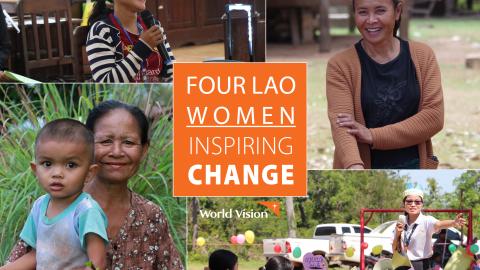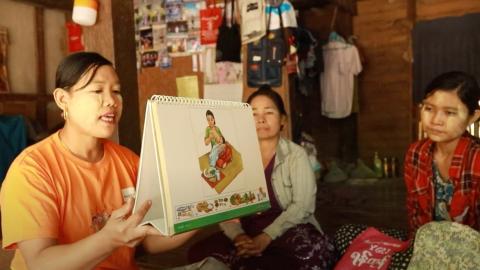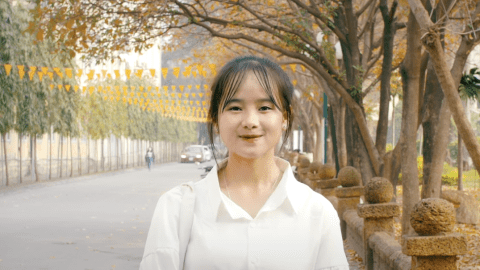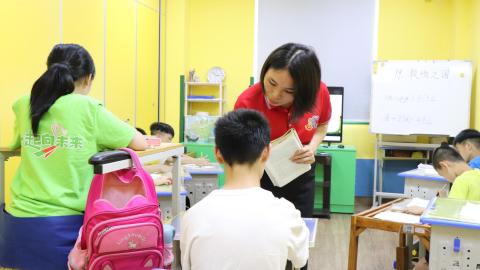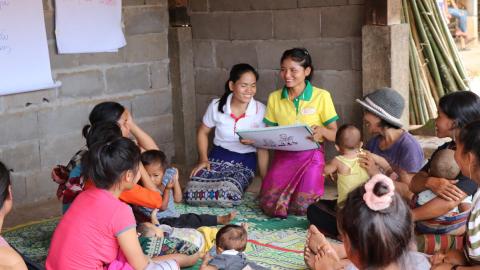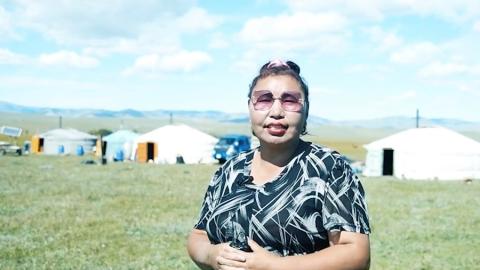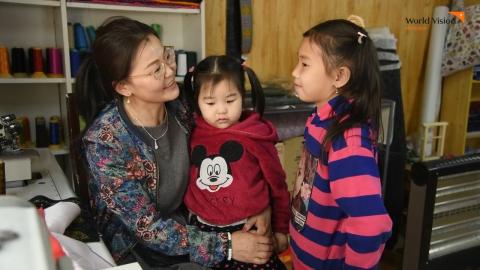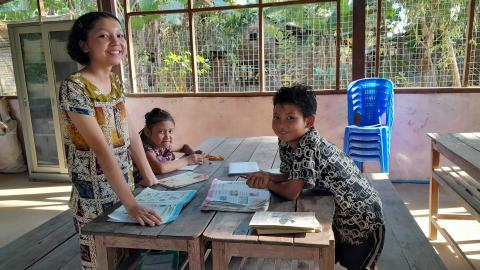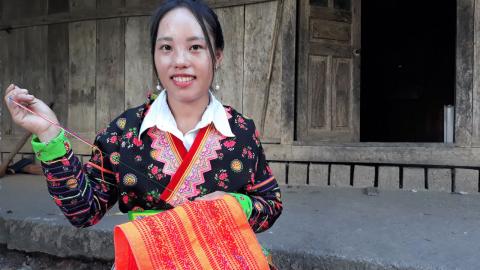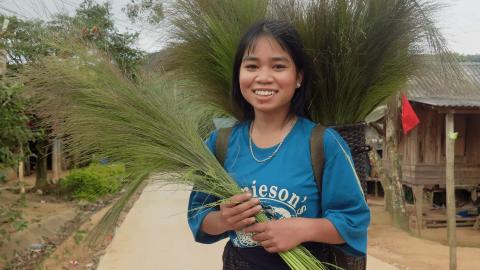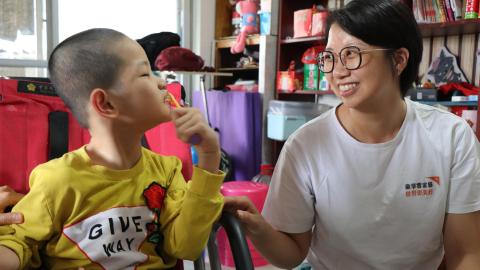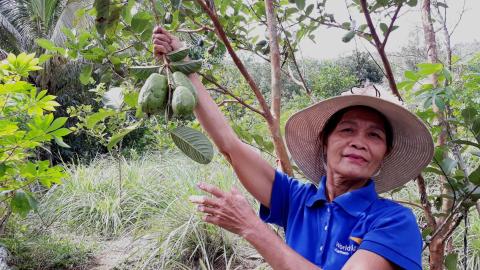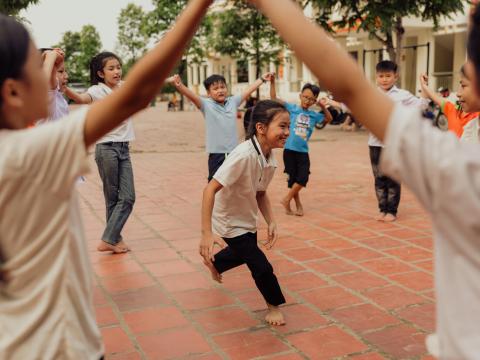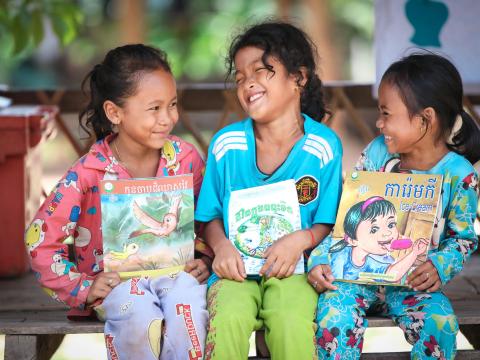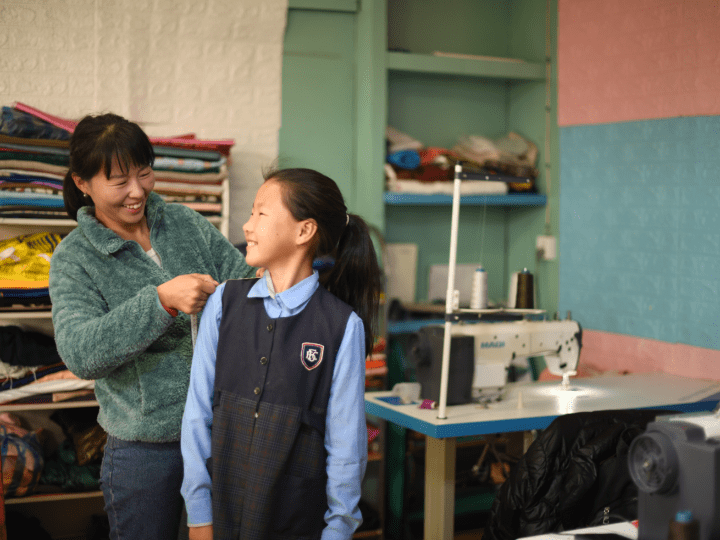
#AccelerateAction #InvestInWomen #InvestInGirls
International Women's Day
INVEST IN #WomenOFEASTASIA
Despite the progress in bridging education parity between boys and girls, many girls and boys in East Asia do not have equal opportunities due to the deep-rooted gender inequalities existing in the region. Social practices like the preference for a boy child leading to sex selection before birth, early marriage and pre-designated roles of carrying the domestic workloads puts girls and women in an unfavourable position. One of the consequences of gender inequality is violence against women and girls.
Embracing equity starts with addressing gender inequalities and advances with intentional investment in women and girls, for the dividends of empowerment and opportunity are boundless."
First, we need to check and challenge negative gender biases and norms prevalent in the communities by working with parents, faith and community leaders, men, women, girls and boys. Women and girls should not be treated as second-class citizens but as integral and contributing members of their communities.
Second, we should advocate for equal gender rights, freedom, access and opportunities so that communities become more resilient, and progress is sustainable. Girls and boys need to be empowered to go as far as they can academically and not limit them to any gender-based constraints.
Third, everyone should be taken into account and valued regardless of gender, thus promoting equality and inclusion should be inherent across all of development and humanitarian programming.
Lastly, we should accelerate economic empowerment by intentionally investing in girls and women in all stages of their lives, because our experience testifies to how supporting girls and women benefits not just themselves and their families, but their entire communities and beyond. That is a promised ROI.
When girls and women enjoy equal voice, freedom, resources, opportunities, and investments, individual and community resilience and progress are better strengthened and sustained.
On this International Women's Day, let us celebrate the women and girls who have stepped forward to ignite positive changes in their communities and contribute to improved child well-being in the East Asia region:
World Vision works alongside local communities, peer civil society groups, donors, and private sector partners to provide inclusive water access, quality healthcare and education, protection, and economic empowerment opportunities to some of the world's most vulnerable women and girls. We aim to create lasting changes in the lives of girls and women in communities.
